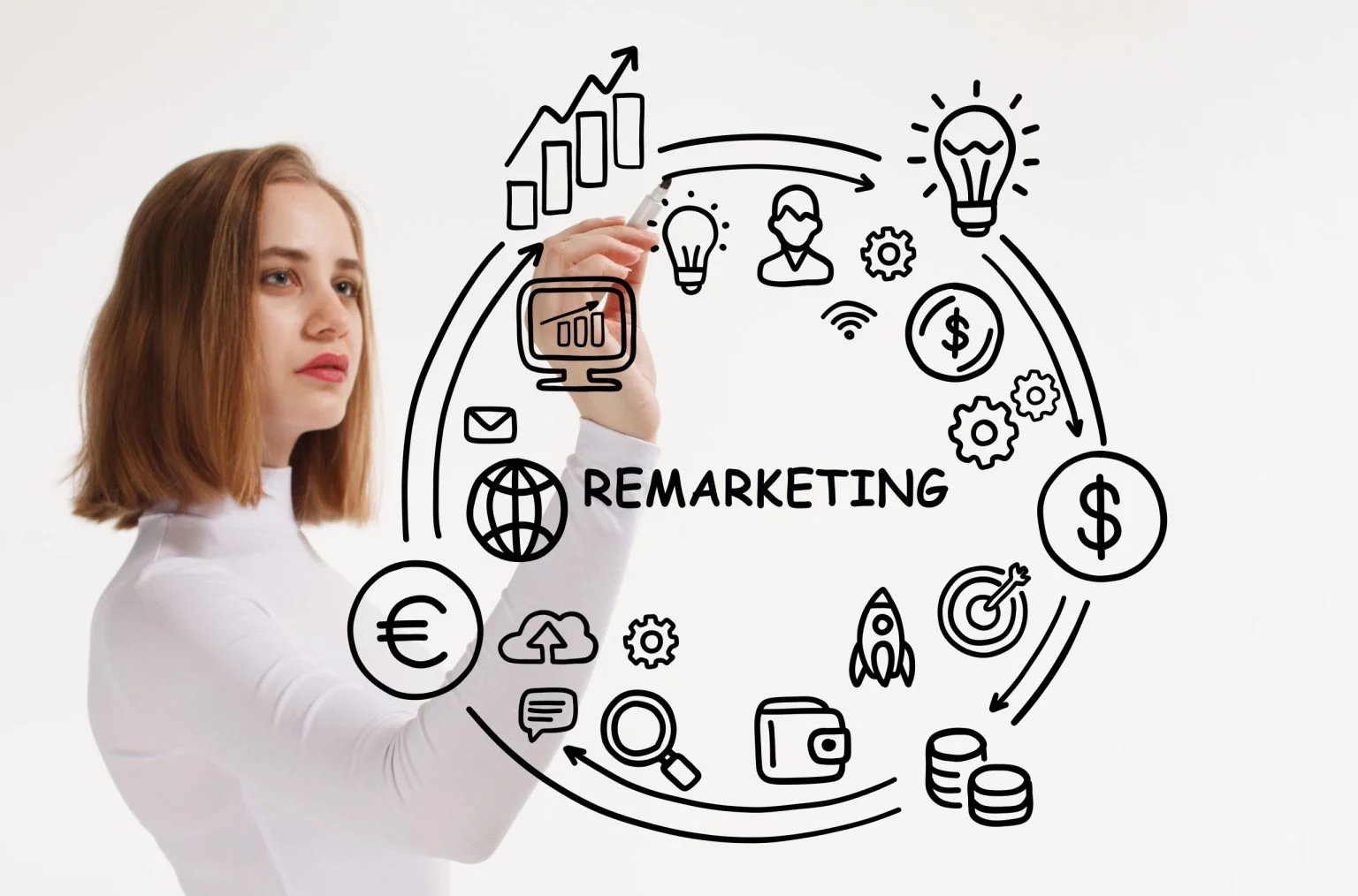
TV advertising has been a key part of marketing for many years. It has evolved from black-and-white commercials to today's high-definition, interactive ads, and has the power to reach a wide audience. TV advertising can significantly improve the visibility and credibility of your business. However, it comes with a price tag that can be difficult to manage without careful planning.
Let's delve into TV advertising costs. We can help you effectively plan your budget and explain the factors that influence these costs. By the end, you'll have a comprehensive understanding of how to make TV advertising work for your business.
Key Drivers of TV Advertising Rates
The cost of TV advertising varies based on several factors. The first major expense is the production cost, which includes scripting, casting, filming, post-production editing, and special effects. Production costs can fluctuate based on the complexity of the ad, the quality of the production, and the talent involved. Several factors can influence the overall expense:
- Time Slot: Prime-time slots, typically during the evening when most people are watching TV, are more expensive than off-peak hours. This is because prime-time slots have a larger audience reach, leading to higher demand and increased advertising rates. Advertisers are willing to pay a premium to reach a broader and more attentive audience during these peak viewing times. In contrast, off-peak hours, such as late night or early morning, have fewer viewers, resulting in lower costs for advertisers.
- Ad Duration: The cost of an advertisement is influenced by its length. A 30-second spot is more expensive than a 15-second one because it provides more airtime to convey the message, allowing for more detailed information, stronger brand reinforcement, and potentially a greater impact on the audience. Longer ads also require more production resources, contributing to the higher cost.
- Geographic Reach: National advertisements are more expensive than regional ones because they have the potential to reach a larger and more diverse audience across the entire country. This broader exposure typically demands higher costs to accommodate the wider distribution.
- Production Costs: Creating high-quality, professionally produced ads involves significant expenses, including hiring talent, renting equipment, and post-production work, which all contribute to the overall cost.
- Channel: Major national networks (e.g., ABC, NBC, CBS) charge more than local or cable channels. Specialty channels targeting niche audiences can also vary in cost.
- Seasonal Demand: Advertising costs fluctuate based on seasonal demand. Major events like the Super Bowl, holidays, and election periods drive up prices due to increased competition for airtime.
- Frequency and Volume: Buying ads in bulk or committing to a long-term contract can sometimes result in discounts. However, running ads frequently, especially during peak times, can quickly add up.

Effective Budget Allocation for Big Results
Set Clear Objectives
Decide what you want from your TV ad campaign. Do you want to boost brand awareness, increase sales, or promote an event? Clear goals will help with budgeting and measuring success.
Research and Compare Costs
Gather information on production and media buying costs for your target markets. Compare rates from different networks, production companies, and time slots to find the best value for your budget.
Allocate Funds Wisely
Divide your budget between production and media buying according to your campaign goals. A good production is important, but make sure your ad gets enough airtime to reach your audience.
Leverage Partnerships
Consider partnerships or co-branding opportunities to share the costs of TV advertising. Collaborating with another brand can provide mutual benefits and reduce the financial burden.
Measure and Optimize
Track the performance of your TV ads through metrics such as reach, frequency, and conversion rates. Use this data to optimize future campaigns and allocate your budget to the most effective strategies.
Cost-Saving Tips for TV Advertising
- Start Small: Starting small in TV advertising means beginning with local or regional campaigns if you're new to the field. This approach allows you to test and refine your strategies on a smaller scale before committing to more expensive and broader national campaigns.
- Use Existing Footage: By repurposing footage you already have or using stock footage, you can create new ads without the need for expensive new shoots. This approach helps in cutting down on production costs significantly.
- Focus on Target Audience: Focusing on your target audience means creating advertisements specifically designed for particular groups of people who are most likely to be interested in your product or service. By tailoring your ads to these specific audiences, you can increase engagement and reduce wasted spend. This approach helps ensure that your advertising efforts are more efficient and effective.
- Explore Alternative Formats: Consider shorter ads or sponsorships, like product placements or branded content within TV shows. These are less intrusive and seamlessly integrate a brand's message into the content viewers are already engaged with, creating a more natural and effective advertising experience.
- Bulk Buying: When you purchase multiple slots at once, you often receive a discount, making it more cost-effective than buying them individually.
- Flexibility: Being flexible with your time slots means being open to scheduling your activities at various times rather than sticking to a strict timetable. This flexibility can lead to securing lower rates because it allows you to take advantage of off-peak times or special discounts that are available during less popular hours.
- Long-Term Contracts: By agreeing to a contract that spans a longer period, you may often benefit from reduced costs compared to shorter-term agreements. Businesses or service providers frequently offer discounts or lower rates as an incentive for customers who commit to extended contracts, as it provides them with a more predictable revenue stream and reduces the need for frequent renewals.
Maximizing ROI with Strategic TV Advertising
TV advertising is a powerful tool for businesses looking to enhance their visibility and credibility. However, it's essential to approach it with a well-thought-out strategy to ensure your investment yields the desired results. By understanding the various factors that influence advertising costs and implementing effective budget allocation techniques, you can maximize the impact of your TV ad campaigns. Embrace cost-saving measures and explore alternatives to traditional ads to make your advertising efforts more efficient and budget-friendly.
Remember, the key to success in TV advertising lies in clear objectives, thorough research, strategic fund allocation, and continuous performance measurement. By following these guidelines, you can harness the potential of TV advertising to drive your business forward and achieve significant growth. Take the plunge and make TV advertising a part of your marketing mix, knowing that a carefully planned campaign can deliver substantial returns on your investment.



.webp)





















































